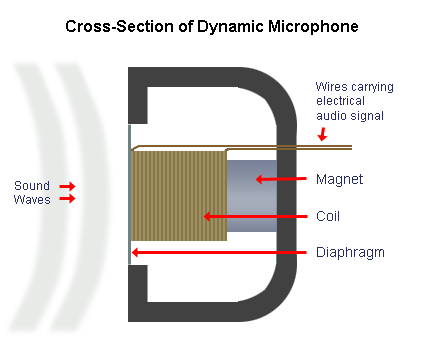 Sm58 Sm57
Sm58 Sm57These microphones are simply brilliant!
58: Is perfect for live vocals as its durable, has a mesh screen with foam pop filter on the inside. The frequency response is 50 Hz to 15000 Hz, This mic can be used in many ways in the studio as well, for example a performer may feel uncomfortable singing into a condenser with a pop filter so to make the feel at ease wack this beauty in front on them and there you go!
57: Exactly the same as the 58 but without the mesh ball around it, generally used for instrument mic in a live setting as well as the studio. again being a dynamic mic its durable and able to be used for almost instruments.
Both of these mics are relatively cheap and easy to access at any music store.... if you have a home studio or are planning to build one do yourself a favour and buy one of these if not both!!!










